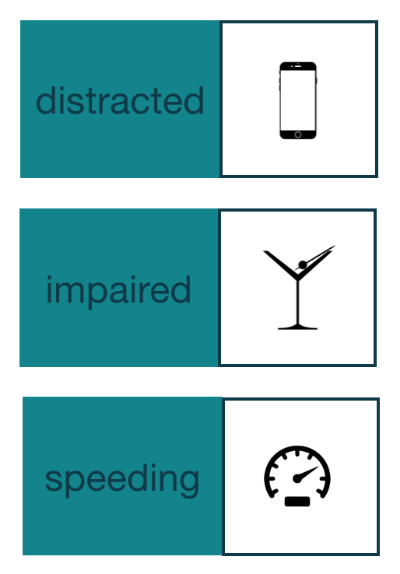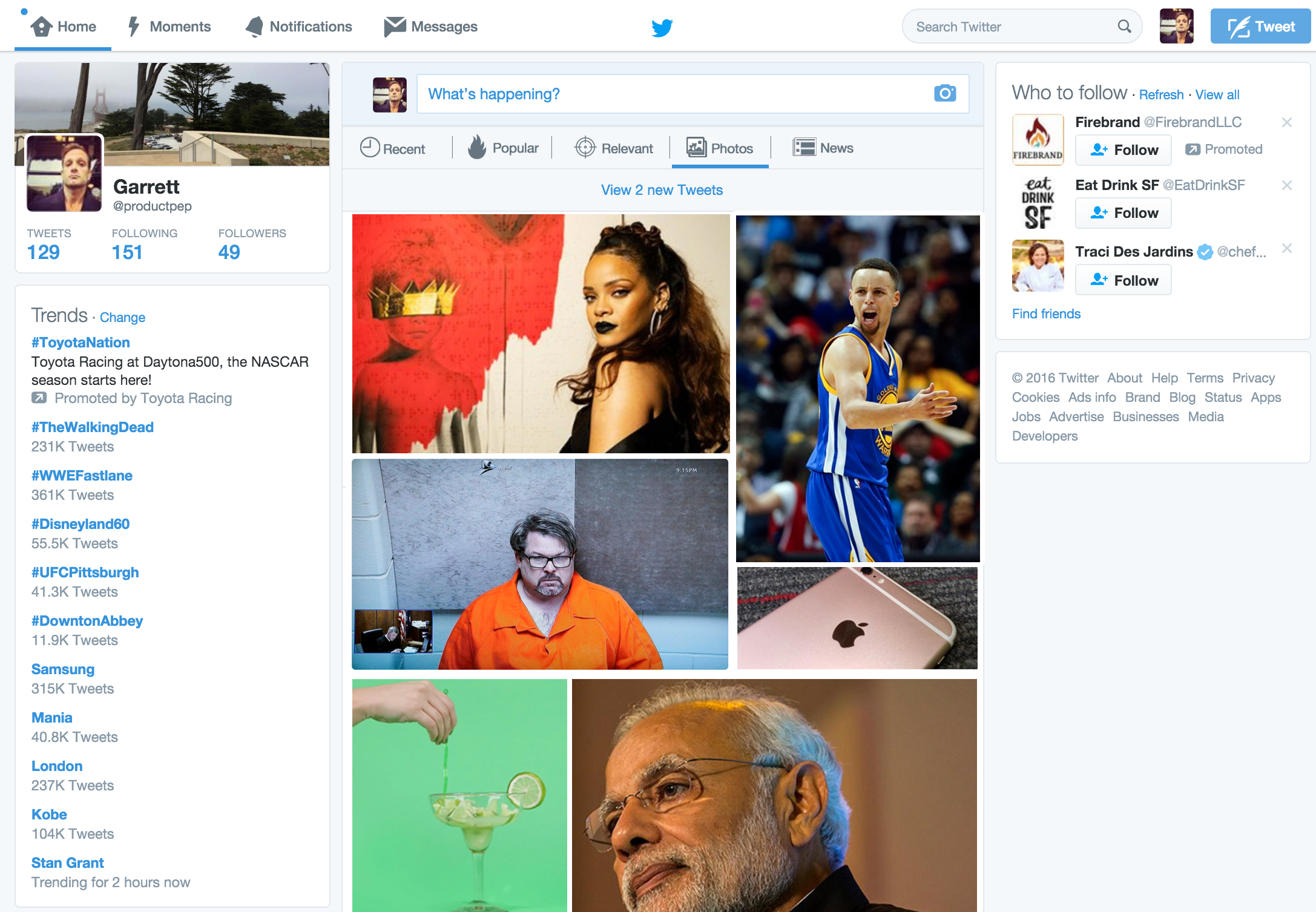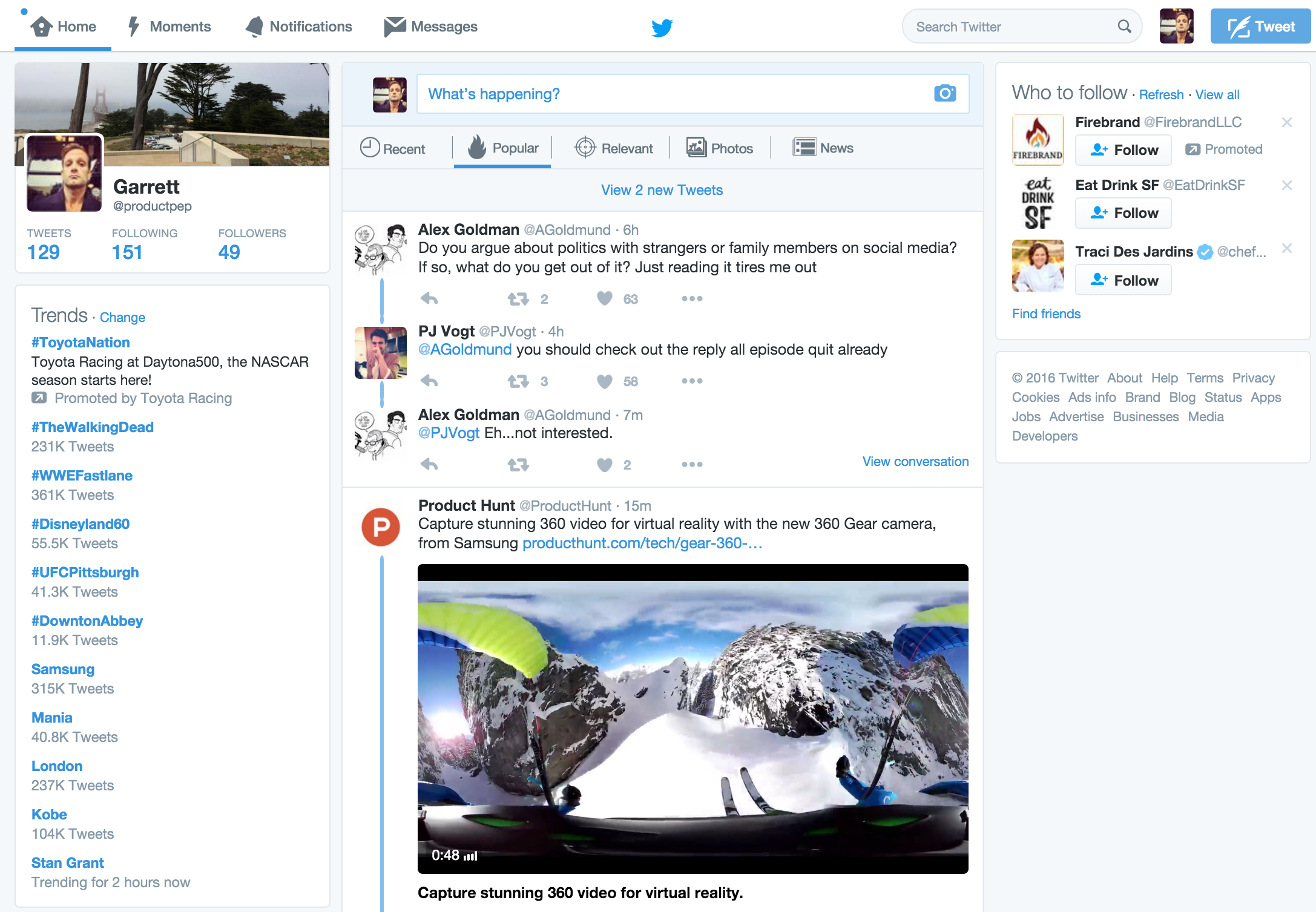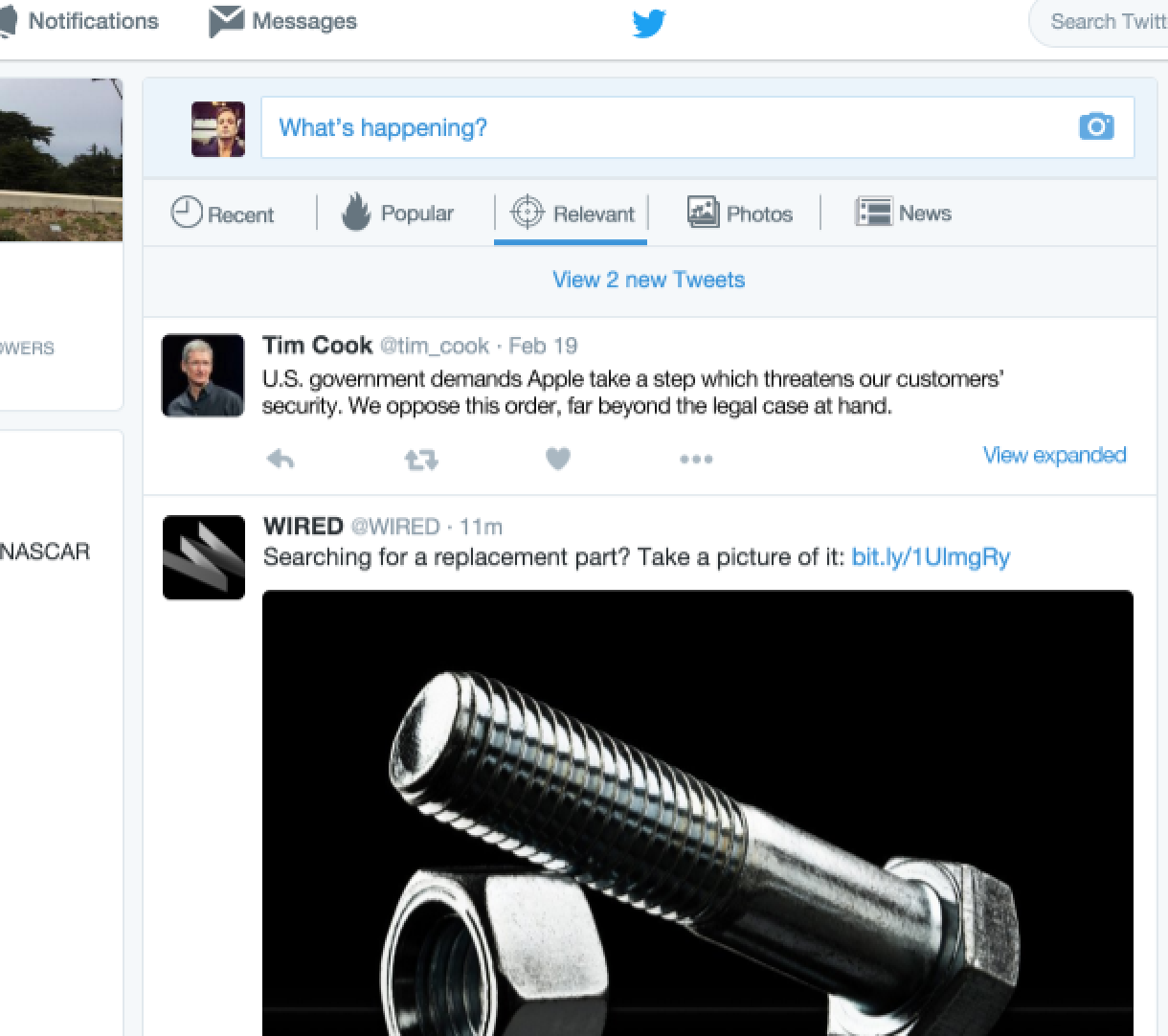Uber, Everyone’s Private “Driver?”
CEO, Trav and celeb-investors like Chris Sacca are hot for driverless Uber; irrational exuberance or sooner than we think?
A Less Esoteric Uber Logo.
Uber has aggressively dropped in on the 3rd wave of the internet: On-demand everything. And as the 2nd wave, Social, had Privacy hurdles, this generation must overcome Regulations.
But suspending the regulations conversation for now, does it make business and product sense for Uber to launch into driverless? Let’s just ease off our silver space suits for a moment and take a pragmatic look at what this could mean for Uber, considering: Unit Economics, Customer Experience and Safety.
Uber owning/leasing a fleet of driverless cars is a drastically different company, from business model to customer experience.
A driverless Uber company goes from a marketplace pairing drivers with passengers (and food, see UberEATS) to an owned, operated fleet of on-demand delivery service vehicles.
Let’s take a look under the hood and compare Uber with and without drivers, for a moment, forget our infatuation with robot cars shuttling us around, and drill into key business drivers for this uber shift.
UNIT ECONOMICS
Beyond initial shock and awe, does a driverless Uber make good business sense?
Revenue
Let’s start with the obvious, no driver. This frees up a seat, increased capacity; for popular five-seat cars, a 25% increase. While this revenue bump is somewhat limited to UberPool, it’s a boost to this growing segment. A good start.
Driverless cars can’t quit and they don’t stop: bio-breaks, sleep, errands, anything; and aside from refueling and routine maintenance (required regardless) they’ll essentially be running and earning almost 24 hrs a day, three times the average 8 hr shift for drivers.
Here’s the revenue determinants:
25% increased capacity for UberPool rides,
Increased volume with 24/7 fleet service, and
20% driver cut going back to the house (Uber)
Cost
Can the revenue increase make up for the added CapEx and OpEx cost of owning and maintaining a fleet of cars?
Without revealing my source, let’s assume Uber goes with electric driverless cars. And electric has lower maintenance and fuel cost, plus federal tax credit advantages over standard cars. But unlike most other robot replacing employees comparisons; Uber doesn’t pay driver salaries and we all know they don’t cover benefits, eh hem, so the cost comparison just comes down to the 20% payout to the driver, which isn’t much.
Can a slight increase in volume and capacity and recouping the 20% rider’s share make up for:
CapEx for new Uber Driverless fleet
Fuel/charging
Maintenance and Repairs
Unit Economics Winner: Driverless
USER EXPERIENCE
Imagine it, your UberPool pulls up and there’s no one behind the wheel, another passenger is in the back seat, you get in and are whisked away to the next stop. Is this going to improve your Uber experience? In our “extraordinary is the new normal” society, the wow-factor has a three month shelf life. Afterwards, driverless must either lower the cost or prove to be safer. Then there’s this: I actually like chatting with my driver; Uber drivers see a lot and usually make for interesting conversation. Sure, sometimes I’m banging on email, oblivious to my rideshare; but call me old fashion I would miss the human interaction.
Customer Service
There have been great stories of Uber drivers going above and beyond, like walking up three flights of stairs to help someone with her heavy luggage. Then again, there’s the high profile negative press from malicious drivers.
Let’s focus on the service and Uber’s biggest complaint: Surge Pricing!
With driverless, Uber takes full control of the supply. Surge pricing to get drivers on the road, gone! Long waits for drivers at odd hours, gone!
Without the time lag to get drivers on the road, a fully deployed fleet of driverless cars will allow Uber to realize the purest form of predictive algorithms; placing cars where demand is expected. A basic example is having cars swarm to downtown San Francisco just before rush hour.
Wow-factor
Okay, Driverless wins this round. But, soon after launch, we’ll be blasé about driverless cars as they become just another appliance. Nevertheless, at least for a little while, it’ll be cool being shuttled around, sans driver.
Customer Experience Winner: Driverless
SAFETY
The Top 3 causes for driving accidents are: distracted driving, impaired driving (DUI), and speeding. All caused by drivers. Then again, driverless cars could usher in a new set of accidents: Outdated map, Dirty sensors, Faulty GPS. Still I trust the machine to make less mistakes than humans.
Safety Winner: Driverless
BOTTOM LINE
While Driverless offers a cool, wow-factor which could increase user adoption. Uber already has a phenomenal business model. Their marketplace is built on the fundamentals that car purchase, fuel, insurance, and maintenance, are paid for by the driver, all for a 20% share of payout. This is an on-demand free cash machine. There's risk in turning this on its head for the chance to run a 24hr fleet which doesn’t stop for food or bathroom breaks; and grow profits against huge CapEx and OpEx expenses. So why change the winning formula?
There must be something more.
Uber sees the pothole up ahead: drivers as paid employees with benefits.
And with it, overnight, Uber will wake from its unicorn dream as a boring old taxi company; not very sexy to investors. This is why the Driverless option makes sense; not for the unit economics of today, but as a hedge against a taxi company nightmare of tomorrow.


















